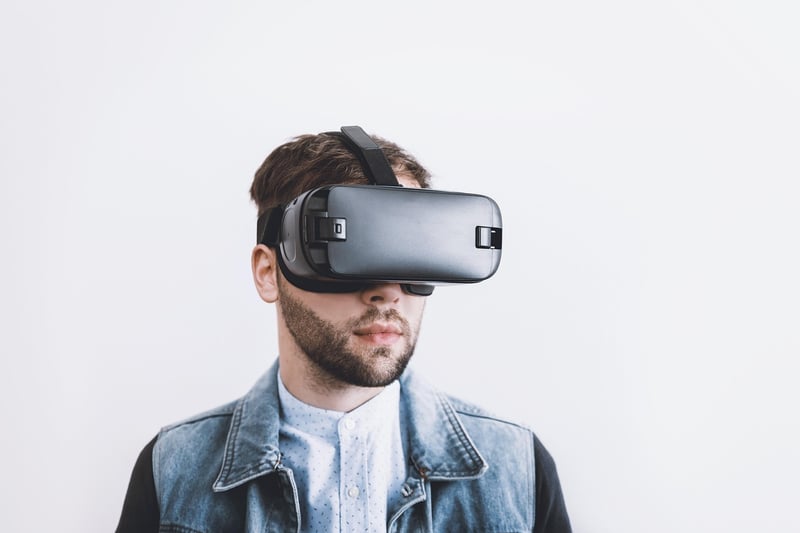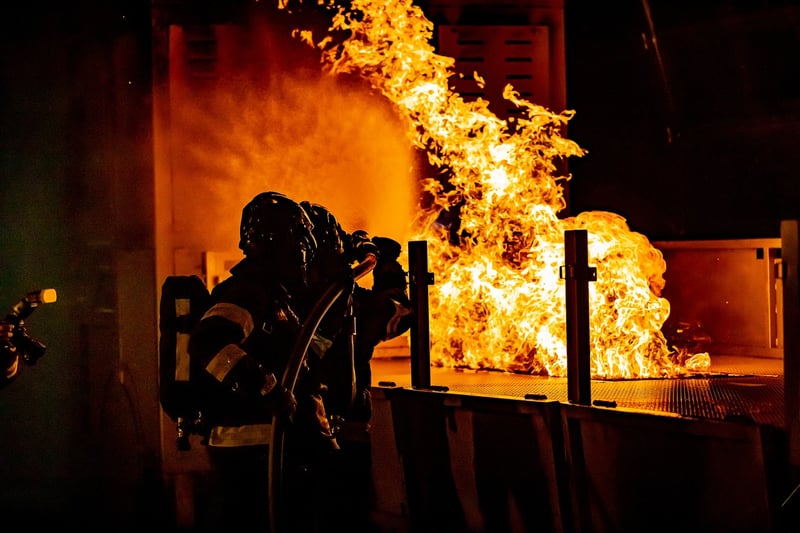Emergency Response Scenarios
The Power of Virtual Reality for Practical Training in Emergency Response Scenarios
Emergency response training is a critical aspect of preparing individuals to handle challenging situations effectively. Traditional training methods, while valuable, often fall short in providing a realistic and immersive learning experience. This is where virtual reality (VR) technology comes into play, revolutionizing practical training in emergency response scenarios.
Immersive Learning Environment
VR creates a simulated environment that replicates real-world scenarios with remarkable accuracy. Emergency responders can immerse themselves in various situations, from natural disasters to medical emergencies, and practice their skills in a controlled yet lifelike setting. This immersive experience enhances learning retention and allows trainees to make mistakes without real-world consequences.
Hands-On Practice
One of the key advantages of VR training is the ability to provide hands-on practice in a safe and controlled environment. Trainees can interact with virtual patients, assess emergency situations, and make critical decisions in real time. This hands-on experience helps build confidence and improves reaction times when faced with actual emergencies.
Adaptive Scenarios
VR technology enables trainers to create adaptive scenarios that adjust based on the trainee's actions. This dynamic environment challenges responders to think on their feet, adapt to changing circumstances, and apply their training in a realistic context. By customizing scenarios to each individual's skill level, VR ensures a tailored learning experience for optimal skill development.
Cost-Effective Training Solution
Implementing VR training programs can result in cost savings for organizations compared to traditional training methods. Virtual reality eliminates the need for expensive physical props, venues, and equipment, making it a cost-effective solution for conducting large-scale training exercises. Additionally, VR allows for remote training sessions, reducing travel expenses and logistical challenges.
Enhanced Collaboration and Feedback
VR technology facilitates collaboration among trainees and instructors regardless of their physical location. Participants can work together in the same virtual environment, communicate in real time, and receive instant feedback on their performance. This collaborative approach fosters teamwork, communication skills, and mutual support among emergency responders.
Conclusion
Virtual reality is transforming the landscape of practical training in emergency response scenarios by offering an immersive, hands-on, and cost-effective learning solution. With its ability to create realistic environments, provide adaptive scenarios, and enhance collaboration, VR technology equips emergency responders with the skills and confidence needed to effectively handle challenging situations when they arise.

Experience the future of emergency response training with virtual reality and elevate your skills to the next level.
